India, China commanders meet today on de-escalation
Tue 14 Jul 2020, 15:20:19
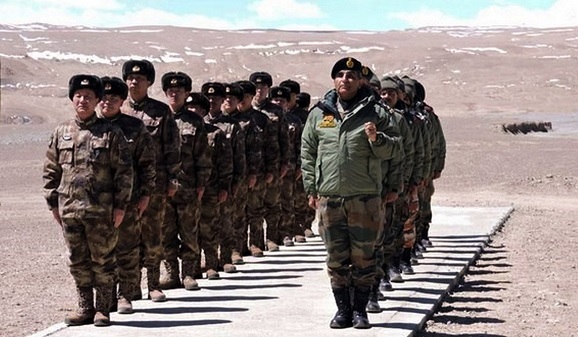
Two senior military commanders who have held three rounds of disengagement talks will meet once again on Tuesday in an attempt to execute a pullout by Indian and Chinese troops in eastern Ladakh, marking the start of the second and more complex phase of de-escalation.
Lt Gen. Harinder Singh, commander of the Leh-based 14th Corps, and Maj. Gen. Liu Lin of the Chinese Liberation Army (PLA) who is in charge of the South Xinjiang Military District will meet after senior diplomats from the two countries on Friday signalled their intention to “ensure complete disengagement" along the Line of Actual Control (LAC).
The discussions will take place in Chushul on the Indian side of the border in Ladakh. The two men have previously met on 6 June, 22 June and 30 June.
The arranged moves to defuse pressure are the most mind boggling yet for the two armed forces that stand eyeball-to-eyeball in parts of Ladakh, an individual acquainted with the improvements said on Monday.
The Chinese are successfully sitting on Indian land in the Pangong Tso zone and in Depsang fields in eastern Ladakh, the individual said.
A week ago, troops of the two nations pulled once more from three grating focuses—PP (watching point) 14,15 and 17A, the move making a cushion zone of
3-4km profundity. This was done to guarantee that troops who are isolated at certain focuses along the LAC by just 600 meters or less don't connect with one another.
3-4km profundity. This was done to guarantee that troops who are isolated at certain focuses along the LAC by just 600 meters or less don't connect with one another.
Last week’s disengagement at PP 14, 15 and 17A was relatively easy, said analysts. They said the challenging part is the withdrawal of Chinese troops from the banks of Pangong Tso and the Depsang plains—situated west of PP 14, 15 and 17A.
India has been in control of one-third of Pangong Tso, and the Chinese of the remaining two-thirds for years. In the past China held its position at Finger 8—one of a series of mountain folds jutting into the lake—but used to patrol up to Finger 4. India held positions up to Finger 4 and used to patrol up to Finger 8.
The situation began deteriorating rapidly in May, when the Chinese intruded as far as Finger 4. Though there has been some amount of pullback, Chinese troops are now in what is seen as Indian territory. Similar is the case in Depsang towards the west of the lake, where a previous Chinese intrusion in 2013 had blocked India’s patrol access considerably.
Tensions between India and China who share a 3,488-km LAC border have been running high since 5 May. On 15 June, violent clashes broke out at PP 14 in Galwan Valley, killing 20 Indian soldiers and an unspecified number of Chinese troops.
No Comments For This Post, Be first to write a Comment.
Most viewed from International
Most viewed from World
AIMIM News
Latest Urdu News
Most Viewed
May 26, 2020
Do you think Canada-India relations will improve under New PM Mark Carney?
Latest Videos View All
Like Us
Home
About Us
Advertise With Us
All Polls
Epaper Archives
Privacy Policy
Contact Us
Download Etemaad App
© 2025 Etemaad Daily News, All Rights Reserved.



.jpg)

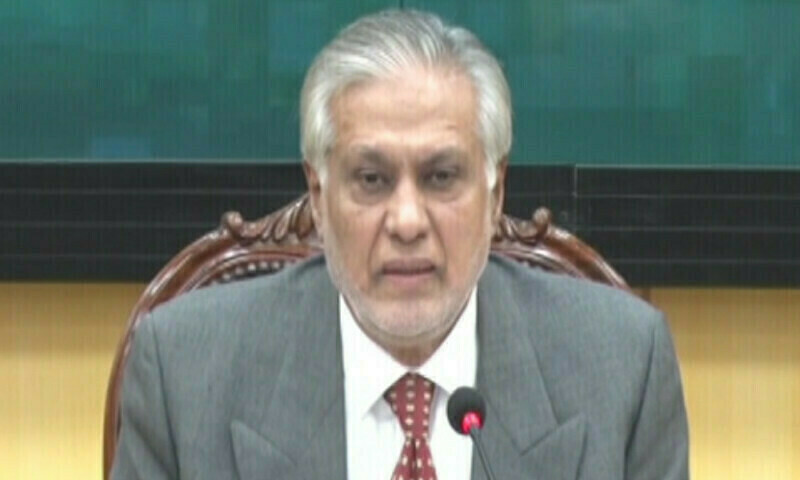
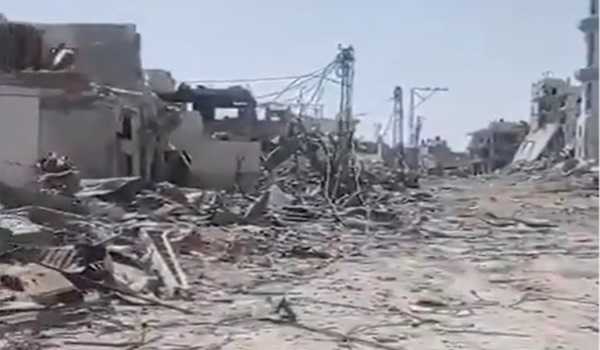
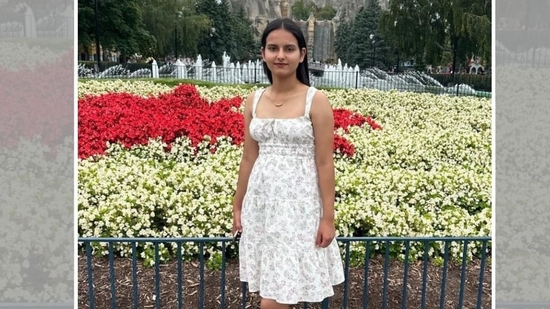
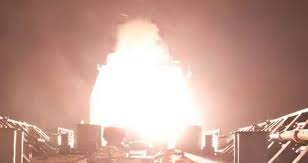

.jpg)
.jpg)

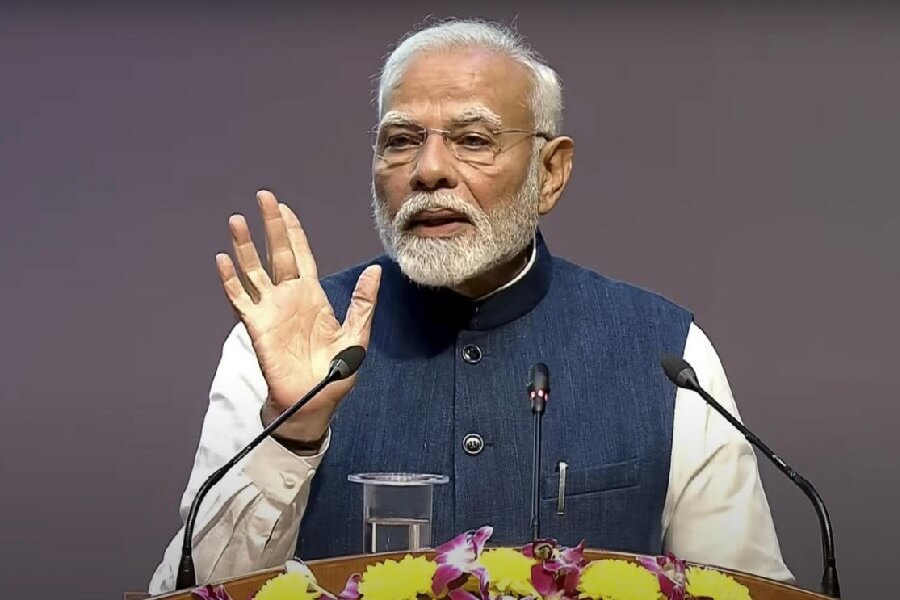
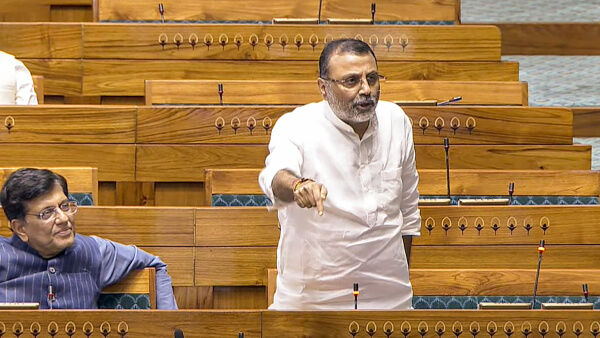


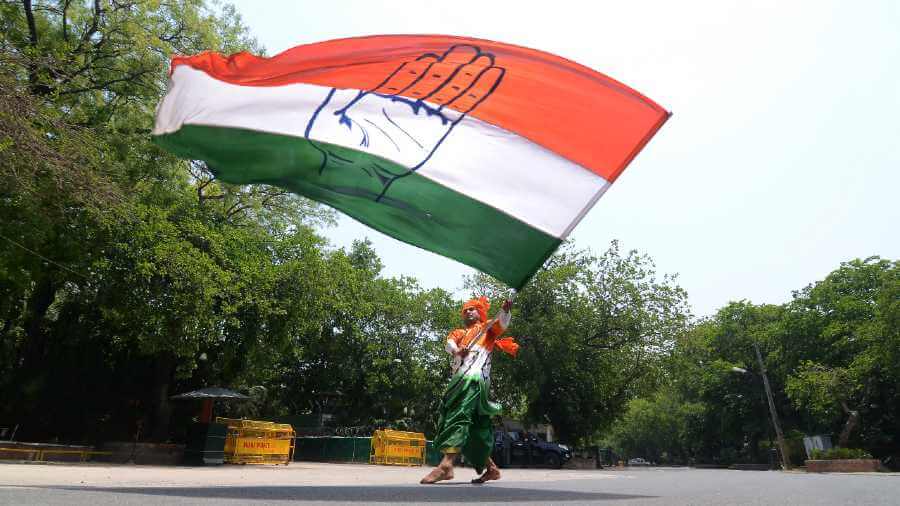
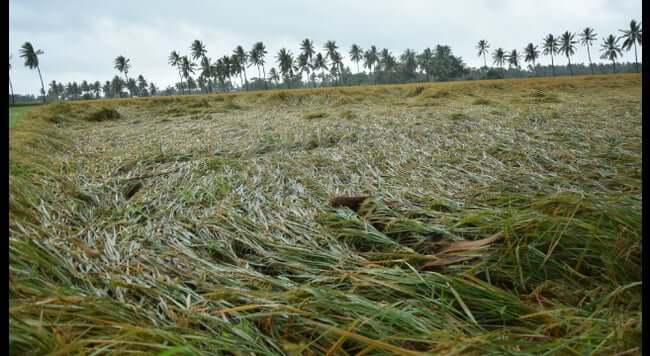

.jpg)
.jpg)
.jpg)
.jpg)
.jpg)

















